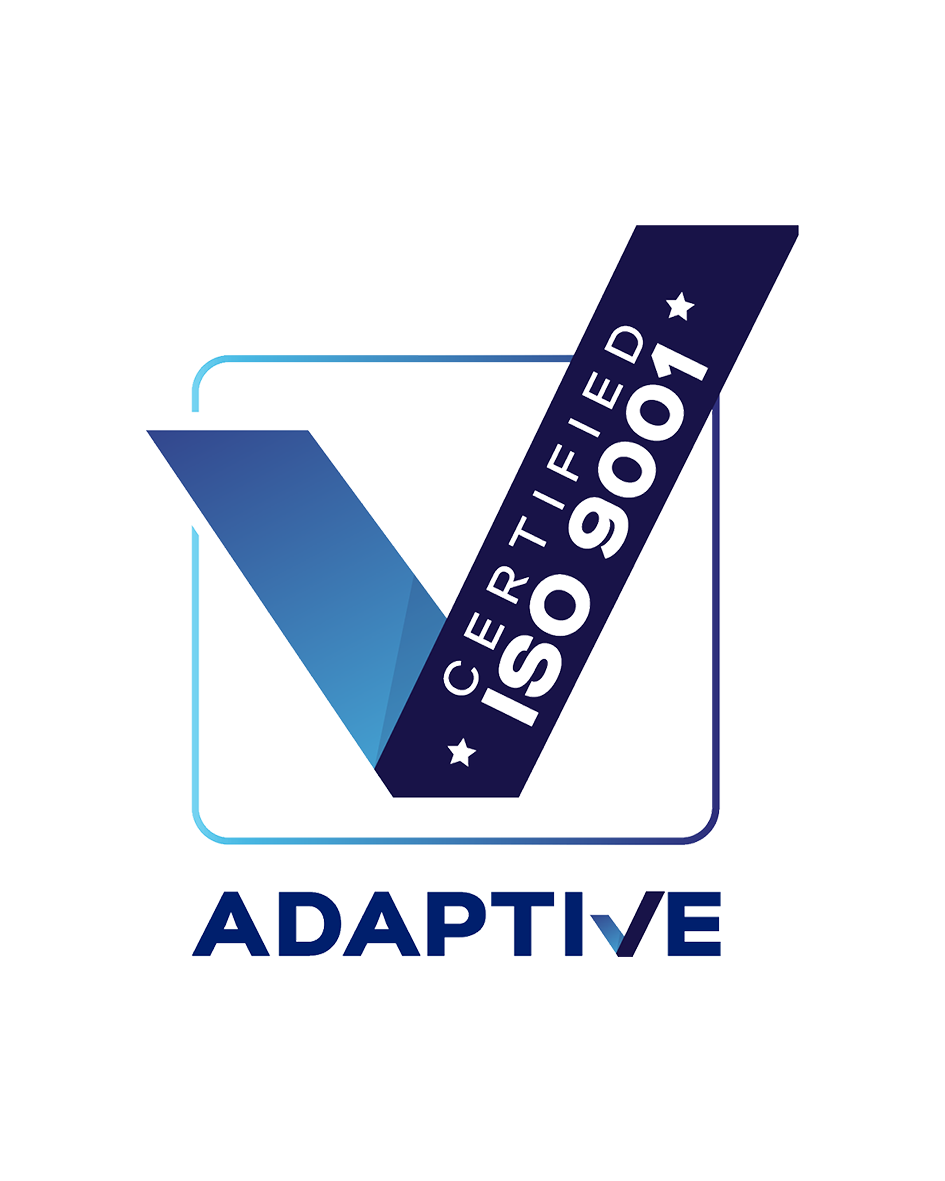As bridges gradually age and absorb increasing traffic volumes, regular inspections and maintenance are crucial, to ensure structural integrity, stability and safety well into the future.
There are an estimated 53,000 public road bridges in Australia covering various distances to provide access across rivers, inaccessible terrain, elevated surfaces and city infrastructure.
For the asset managers responsible for maintaining this infrastructure, identifying and remediating structural issues is an immense undertaking.
Innovative monitoring and engineering technologies can help determine the current and long-term safety of bridges, and to remediate the issues that arise as a result of ground subsidence, or the effects of structural degradation and fatigue over time.
Ground engineering techniques and tools to assist asset managers maintain the structural health, and safety, of bridge networks was on the agenda at the recent Bridge Asset Management & Renewal Conference held in Sydney.
This includes one of the world’s most advanced monitoring platforms, STRAAM (Structural Risk Assessment And Management) which measures the ambient vibrations that occur in response to environmental factors, and identifies abnormal responses that may indicate structural damage or weakness.
Monolithic structures such as bridges have constant ambient movement (natural excitation) which STRAAM is able to capture, to create a baseline dynamic signature.
As the exclusive partner of STRAAM in Australia and New Zealand, Mainmark uses the technology for one-off applications and ongoing asset monitoring. STRAAM can record baseline data within a day, utilising the normal traffic conditions and wind loads on the structure to measure its frequency response, and accurately assess its strength. Continuous monitoring may then be used to identify if the dynamic response is changing over time, particularly if there is nearby construction work underway, severe weather, seismic events or an increased traffic load, which can have a serious impact on the structure.
The capability to measure almost-imperceptible movements has far-reaching benefits that include making bridges safer, understanding the risks and causes of damage and helping asset owners to make more informed decisions about maintenance needs.
In one example, STRAAM was used prior to the commencement of an infrastructure remediation project in Boronia, Victoria, capturing ‘snapshot’ baseline measurements to provide commentary on how the structure was performing. More recently, STRAAM helped to assess the condition of an ageing, 3 arch stone rail bridge in Lithgow, NSW, to validate speed restriction currently in place on the bridge, while also capturing the baseline data for future monitoring.
Mainmark’s Teretek® resin injection is a ground improvement solution has been used to improve structural integrity of traffic bridges and overpasses. Teretek® can be precisely, discretely and efficiently applied beneath existing structures. In a process likened to keyhole surgery, the engineered resin is injected into the ground and immediately expands, increasing ground bearing capacity and filling voids.
Teretek® helped to rectify underlying ground settlement that had cause a bridge pier in Queensland to become un-level, ensuring the bridge could continue to safely bear the weight of constant traffic, including heavy vehicles.
For more information and advice contact Mainmark on 1800 623 312 in Australia or visit www.mainmark.com.































